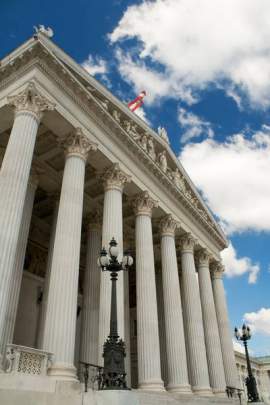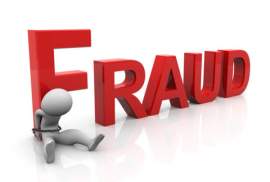
Unsubsidized Loan

What is an Unsubsidized Loan?
An unsubsidized loan is a type of loan where interest accumulates from the time the money is first disbursed until the time it is paid in full. The interest attached to an unsubsidized loan is capitalized, meaning the borrower is required to pay interest on all interest that has already accumulated. These types of loans are held in contrast to subsidized loans, where a party, such as the government, fulfills all interest payments attached to the loan. Unsubsidized loans are delivered as financial aid for students seeking higher education in the United States. They are a type of Stafford loan, offered by the Federal government to offset the costs associated with education. Both unsubsidized and subsidized loans allow up to 10 years to be paid back; however, only the subsidized package frees a borrower from interest obligations.
Who is Eligible for a Direct Unsubsidized Loan?
To receive an unsubsidized loan, you must meet the uniform eligibly requirements instituted by the Government under the Direct Subsidized Loan package, except you will not have to demonstrate a financial need.
To be ruled eligible for an unsubsidized student loan, you must meet the following requirements:
• Be a citizen of the United States or an eligible non-citizen with a valid Social Security Number
• You must be enrolled and working towards a degree of higher education or a certificate in an eligible program
• You must currently hold a High School diploma or GED or pass an approved ability-to-benefit examination
• You must register with the Selective Service only if you are a male between the ages of 18 and 25
• You must maintain good grades
• You must not have any drug offenses on your record
• You must not currently own repayment on a previously obtained federal grant.
What are the Advantages of an Unsubsidized Student Loan?
Although an unsubsidized loan requires you to fulfill all interest obligations, eligibility is not determined on the basis of need—to receive funding you do not have to exhibit a financial need. Because everyone is eligible to receive this type of loan, you must apply early. Other advantages of an unsubsidized loan include the following:
• You are permitted to defer all payments until after you graduate
• Even though you do not need to demonstrate a financial need to receive funding, you may still receive the same loan amount under the program
• An unsubsidized loan package may award a maximum of $23,000 to students upon graduation.
What are the Disadvantages of an Unsubsidized Student Loan?
Because an unsubsidized student loan is not awarded on the basis of financial need, the funding is offered to every student. As a result, tens of thousands apply for the loan package. This competition can impose severe delays on your ability to secure funding. Additionally, an unsubsidized loan exhibits the following disadvantages:
• The primary disadvantage attached to an unsubsidized loan package is that interest is not paid by another party; interest is not satisfied in an unsubsidized loan while you are attending school. Because of this characteristic, you will be charged interested from the time the loan is originally awarded to the time it is paid in full.
• An unsubsidized loan package places caps on the amount borrowed based on your current grade level and the type of classes you are enrolled in.
• An unsubsidized loan package is attached with numerous fees, including an origination and insurance fee. These fees are automatically deducted following each disbursement.
Repayment Schedule Associated with Unsubsidized Loans:
• Payments are required until 6 months after you no longer are labeled a half-time student
• You will not have to pay the principal but you will be charged interest during your enrollment. You may either opt to pay as you continue your education or let it capitalize by the lender at a later date.
Borrowing Caps Associated with Unsubsidized Loans:
• Borrowing Limits for First Year Students with fewer than 30 credits earned: Up to $3,500 per year with an additional unsubsidized $2,000—total subsidized and unsubsidized amount is $5,500 per year.
• Borrowing Limits for 2nd Year Students with more than 30 credits earned: Up to $4,500 per year with an additional unsubsidized $2,000 per year—total subsidized and unsubsidized amount is $6,500 per year.
• Undergraduate Aggregate Maximum: Up to $23,000 for the base amount with an additional unsubsidized amount of $8,000-- total subsidized and unsubsidized amount is $31,000
In addition to these limits, you may not borrow more than the cost of admittance minus any other financial aid you secure. Moreover, if your enrollment period is less than a full academic year, the loan amount received may be less than the maximum amounts listed above.
Interest Rates Associated with Unsubsidized Loans:
An unsubsidized loan is attached with the same variable interest rate as a subsidized loan. If you first were awarded the loan on or after July 1, 1994, the rate of interest will not exceed 8.25%. The real interest rate attached to the loan will be adjusted each year on the 1st of July and is calculated based on a federal formula. When your interest rate fluctuates you will be notified via mail.
NEXT: Taxes





















